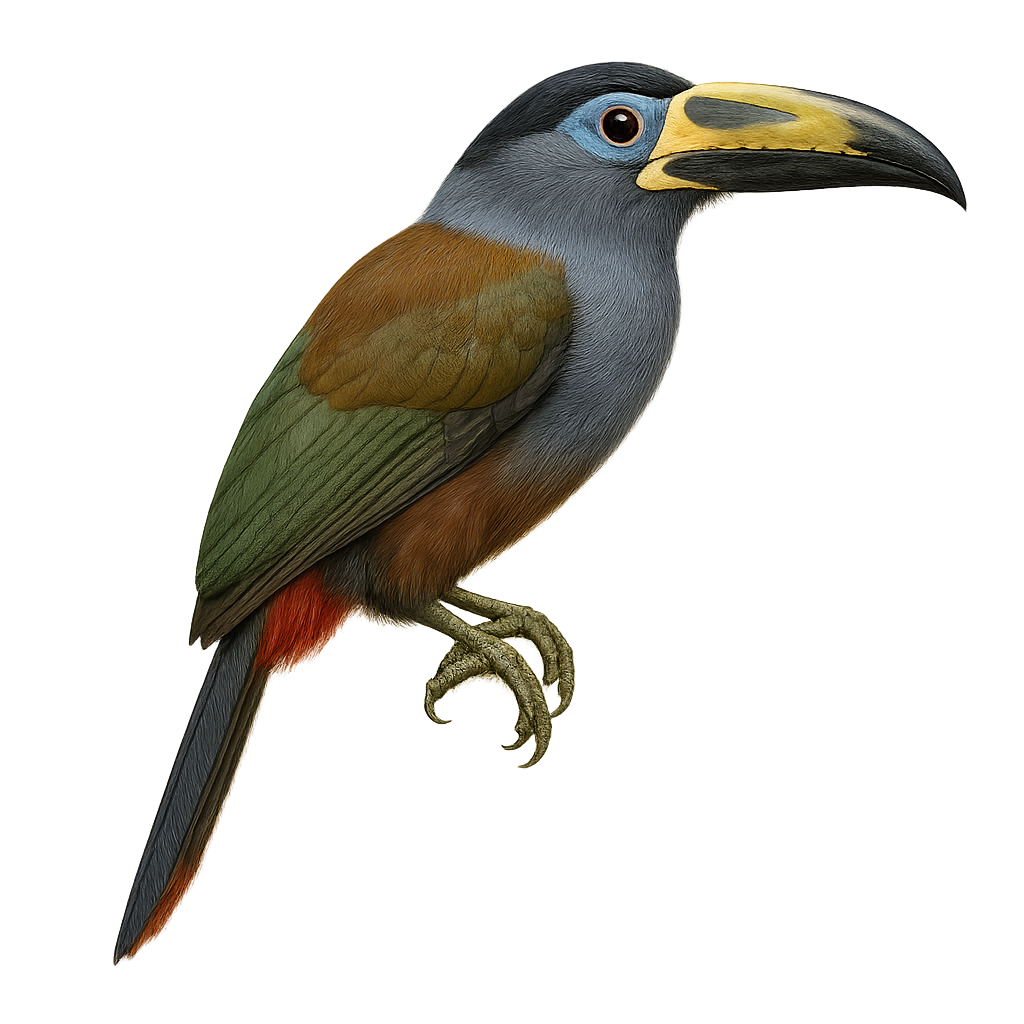Your wildlife photography guide.
Explore the hooded mountain toucan in detail, study its behavior, prepare your shots.
Where to observe and photograph the hooded mountain toucan in the wild
Learn where and when to spot the hooded mountain toucan in the wild, how to identify the species based on distinctive features, and what natural environments it inhabits. The WildlifePhotographer app offers tailored photography tips that reflect the hooded mountain toucan’s behavior, helping you capture better wildlife images. Explore the full species profile for key information including description, habitat, active periods, and approach techniques.
Hooded Mountain Toucan
Scientific name: Andigena cucullata

IUCN Status: Near Threatened
Family: RAMPHASTIDAE
Group: Birds
Sensitivity to human approach: Suspicious
Minimum approach distance: 10 m
Courtship display: October to December
Incubation: 16-18 jours
Hatchings: October to January
Habitat:
Humid forests, cloud forests, mountainous areas
Activity period :
Primarily active during the day, with peak activity in the morning and late afternoon.
Identification and description:
The Hooded Mountain Toucan, or Andigena cucullata, is a captivating bird of the Andes, known for its colorful plumage and distinctive bill. It features a mix of blue, green, and yellow, with a characteristic black hood on its head. This bird favors humid high-altitude forests, where it primarily feeds on fruits, but also insects and small vertebrates. Its social behavior is notable, often seen in small groups. Although its habitat is relatively limited, it plays a crucial role in seed dispersal, contributing to the health of its ecosystem. Unfortunately, deforestation threatens its habitat, making its conservation essential.
Recommended lens:
400mm – adjust based on distance, desired framing (portrait or habitat), and approach conditions.
Photography tips:
To photograph the Hooded Mountain Toucan, it is advisable to use a telephoto lens of at least 400mm to capture the details of its colorful plumage without disturbing it. Look for it early in the morning when the light is soft and it is more active. The humid forests where it resides can be dark, so a tripod may be useful to stabilize your camera. Be patient and discreet, as this bird can be suspicious.
The WildlifePhotographer App is coming soon!
Be the first to explore the best nature spots, track rutting seasons, log your observations, and observe more wildlife.
Already 1 439 wildlife lovers subscribed worldwide

